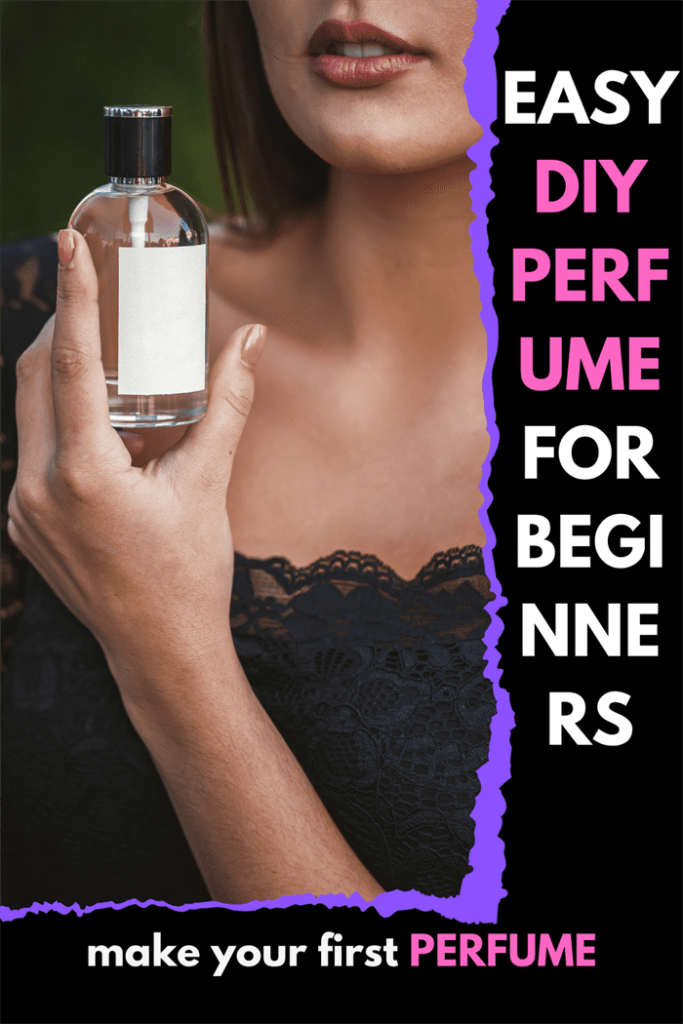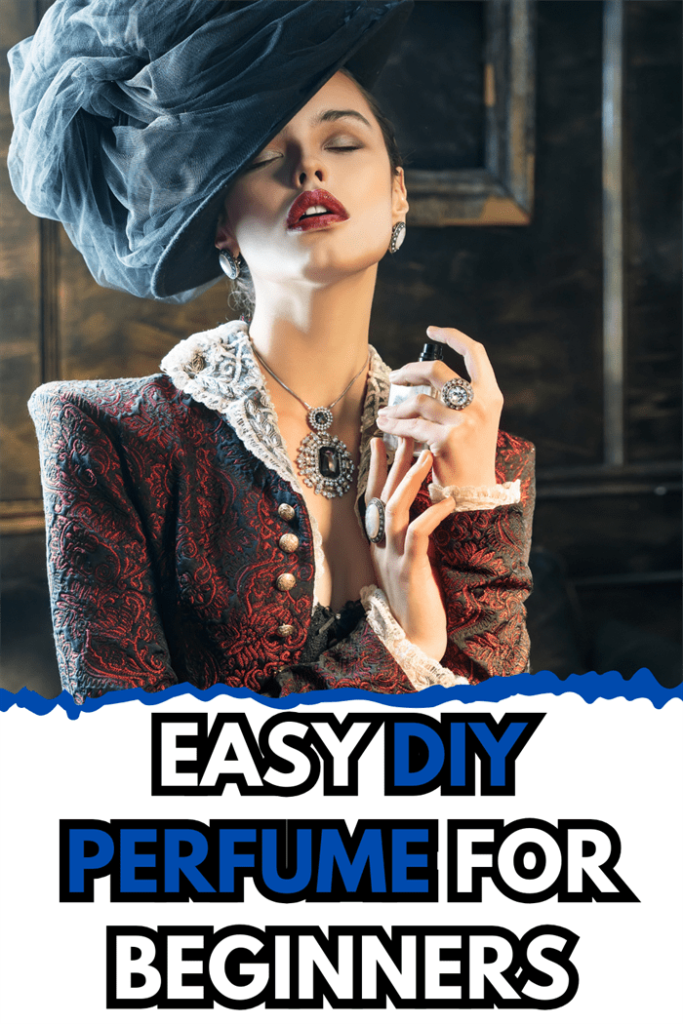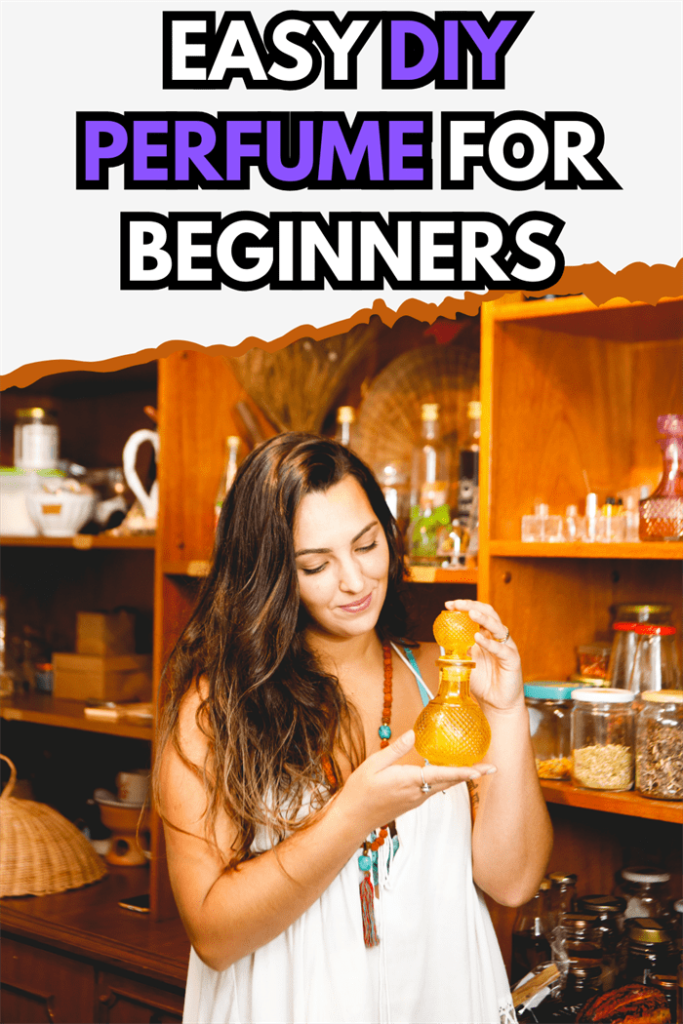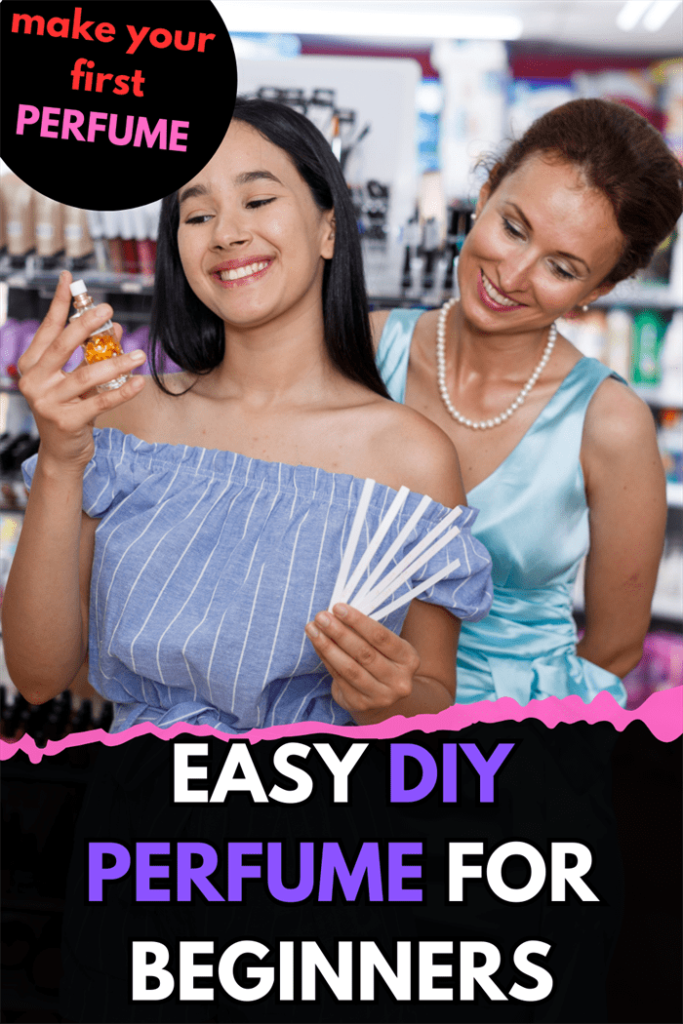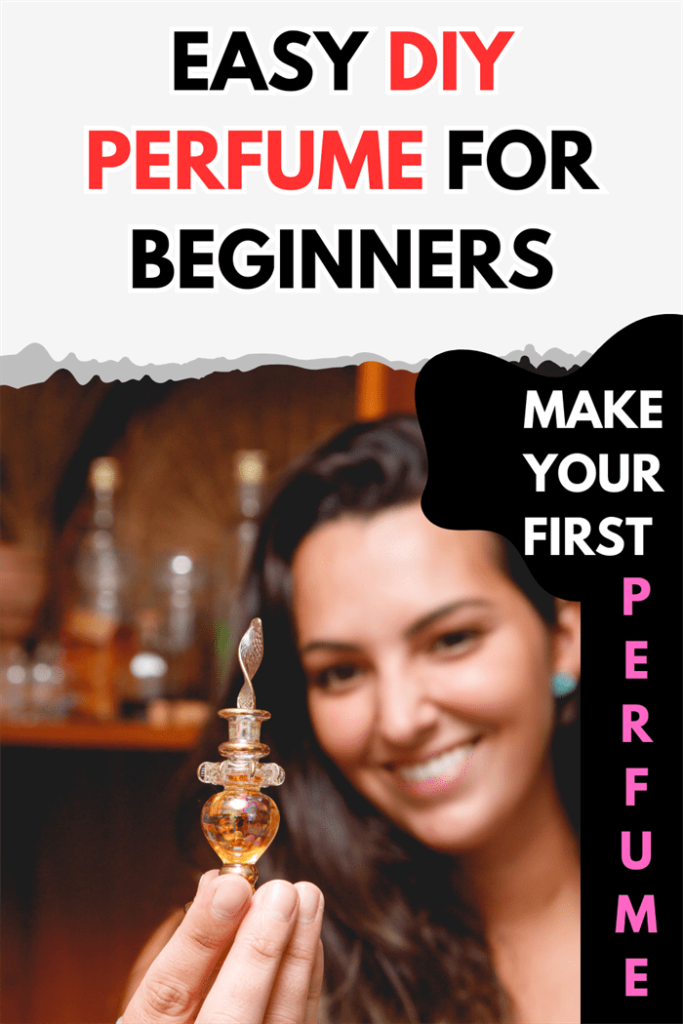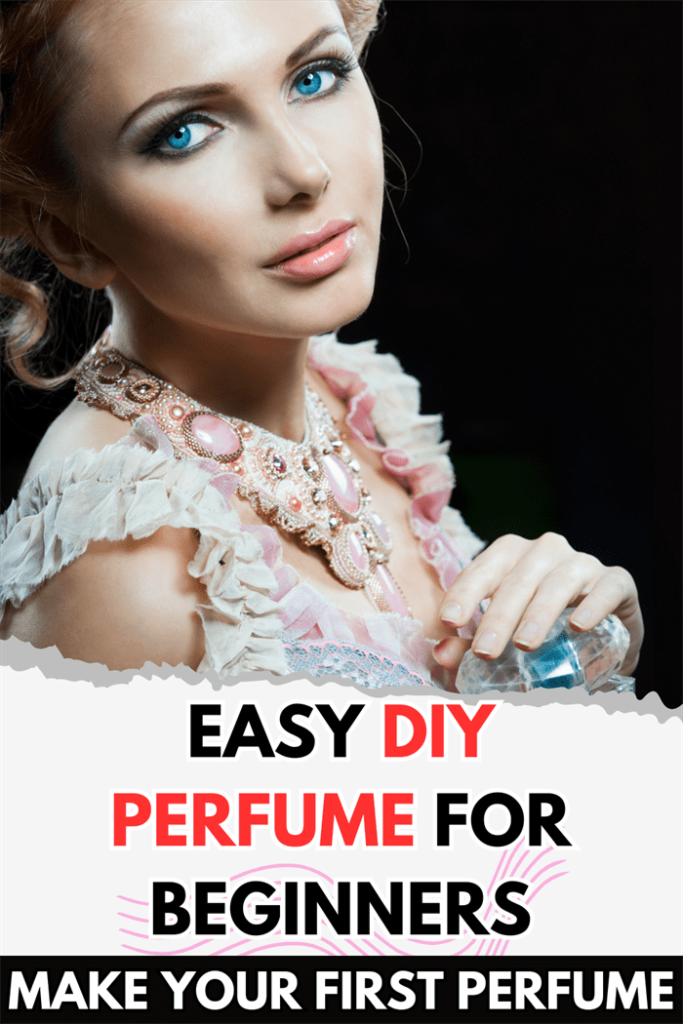How To make Your First Perfume For Beginners
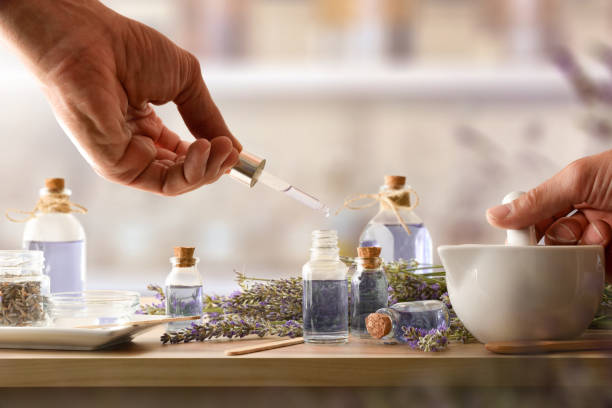
You’re probably here because you want to learn how to make perfume but feel overwhelmed and unsure where to start. You might be either reading a lot without actually starting to create your own fragrances, or trying to make scents but not achieving the desired results.
The fragrance industry can seem mysterious and exclusive, but I believe everyone should have the opportunity to learn perfume-making. Customers now appreciate unique, handcrafted products made with passion. Focus on these three things to move forward confidently.
1. KNOW YOUR MATERIALS
Get to know your materials really well by studying and categorizing them into groups like citrus, floral, spicy, and woody. Take time each day to smell a few materials, write down your observations, and carry smelling strips with you if needed. Organize your materials into fragrance categories and compare them to understand their characteristics. This is an ongoing process that requires dedication.
affiliate disclosure ; i may earn a small comission if you purchase through links (at no extra cost to you)
Here is a list with kits of various oils so you can do your test :
– floral essentiels oils kit
– citrus essentiels oils kit
– spicy essentiels oils kit
– woody essentiels oils kit
– 40 empty bottles
– paper tester strips
2. CREATE ACCORDS
Focus on creating accords, which are blends of 2 or more materials that create a new scent. Instead of trying to make a complete perfume right away, start by experimenting with simple accords and recording your results.
Building a library of successful combinations is key. Stick to using 3 materials in an accord, especially when starting out, to avoid creating confusing scents.
Experiment with creating accords within the same family or combining materials from different families or volatility levels.
3. GIVE YOUR PERFUME A STORY

When you’re ready to start blending your perfume ingredients or turning them into full fragrances, it’s important to have a plan, which in the fragrance industry is called a brief. Consider the purpose of the fragrance, its target audience, and pricing, but don’t overlook the importance of creating a story.
Your fragrance is like a piece of art that tells a story without words, evoking certain feelings and images. To make a fragrance truly exceptional, focus on the story behind it. I recommend creating a theme or story before selecting materials, as randomly choosing scents without a clear vision can lead to failure.
Just like you wouldn’t start painting without knowing what you want the final picture to look like, don’t start creating a fragrance without a clear idea of its scent. Be specific and spend time defining your fragrance theme before you begin.
Whether you’re making a fine fragrance for personal use or a product like skincare, ensure that the fragrance aligns with the product’s claims and enhances the customer’s perception. The fragrance should evoke the desired emotions or beliefs about the product when smelled. Planning out your fragrance story will guide your material choices and lead to a successful outcome.


